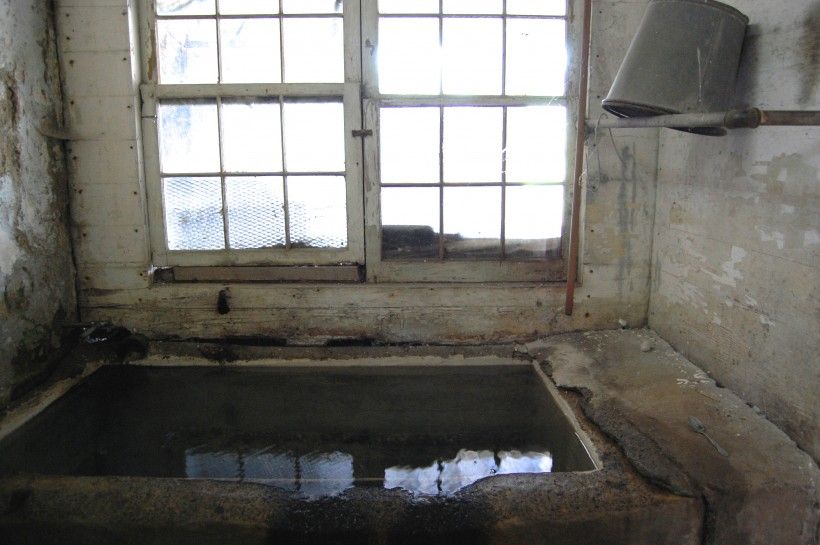This is Kuerner Farm
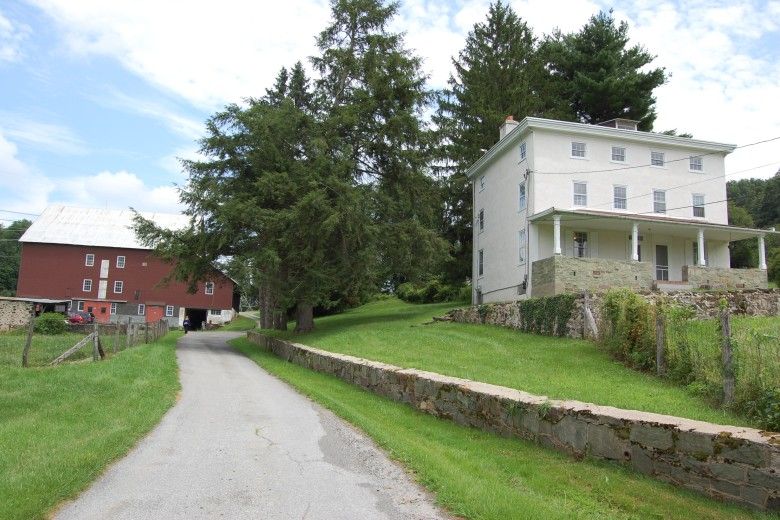
Traveling to my grandparent’s house on Ring Road, I pass a beautiful, faded, red barn and a white farmhouse. Fields of tall dying grass, which continue up a large hill, surround the property. Far out on the sides of the house tree lines emerge. There is a simplicity about the farm that makes one yearn for the “good old days,” when working hard meant plowing a field or doing the laundry by hand. This is Kuerner Farm.
Tractors and Little Goats
In the beginning of June, I had the opportunity to explore the property that I had always just driven past. As I arrived at the farm, I go past an older man working in the fields by his tractor. The sense of nostalgia is only heighted by the arrival of little goats coming to greet us at the wire fence.
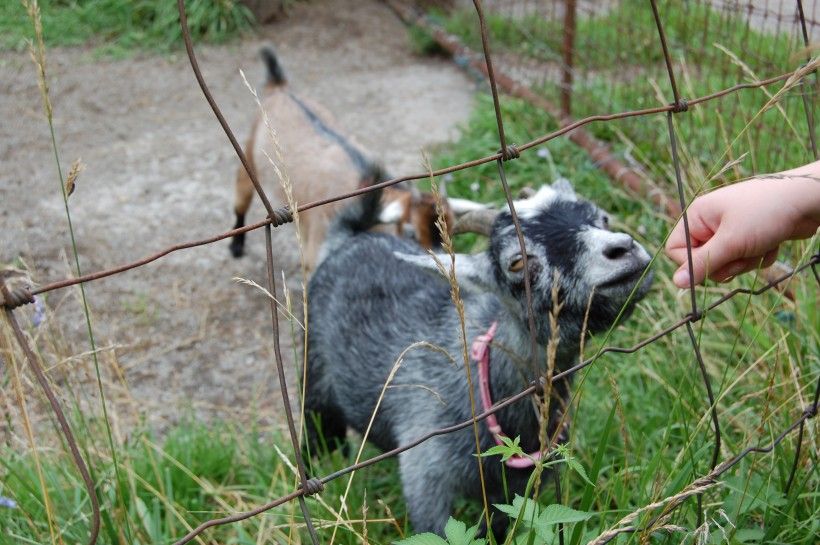
Nothing or Everything
Kuerner Farm was the property of the late Karl Kuerner, a retired German soldier, and his wife, Anna. Here they lived with their four daughters, and one son (who we learned was the older man working in the field.) There is nothing particularly different about this farmhouse from any other. During the tour the house takes on a character of its own developed by the eccentric personalities of the people that lived there. The farm, and the Kuerners, were quintessential inspirations to artist Andrew Wyeth.
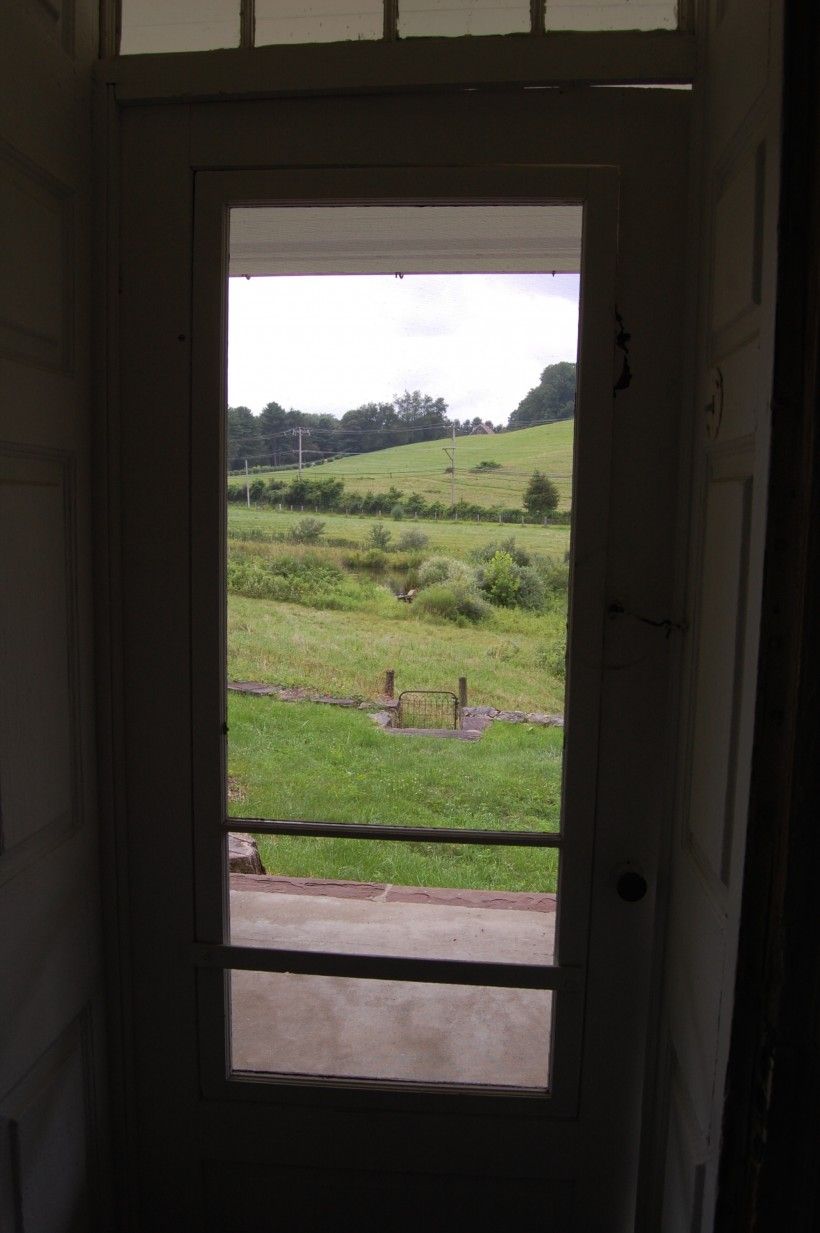
Farmhouse
We enter the house through the back door, but there is nothing quite attention seeking. The walls are white. The architecture is not anything extravagant, but then I look out the window. Now it all makes sense. Looking out the window I see the gorgeous landscape from a different perspective, like a picture already cropped by the window frames.
The Kuerners
Walking through the house images appear recognizable from some of Andrew Wyeth’s paintings, and we begin to discover the personalities of the Kuerners, and Wyeth. Wyeth once painted Anna Kuerner at the house for two weeks. Upon completion of the paintings the petite German woman looked at the piece responding, “You didn’t do me any favors.”
Andrew Wyeth’s Paintings
When Wyeth painted scenes from the property he would often use simplification or combine images. One of my favorite paintings of Wyeth’s is Spring, which is haunting and eerie, while still managing to evoke beauty. Wyeth depicts Kuerner is lying in a pile of snow with a blank gaze looking up. There are other smaller piles of snow, but the rest of the scene actually appears to take place in the springtime. As I sit in the living room in which Kuerner once laid in a hospital bed facing Kuerner Hill, the image emerges. Wyeth was able to remove Kuerner from the confines of his illness and allow him to become a part of nature. I was told that the other snow patches meant that other people have been in Kuerner’s position, and have suffered from illness, and that it is just a part of life.
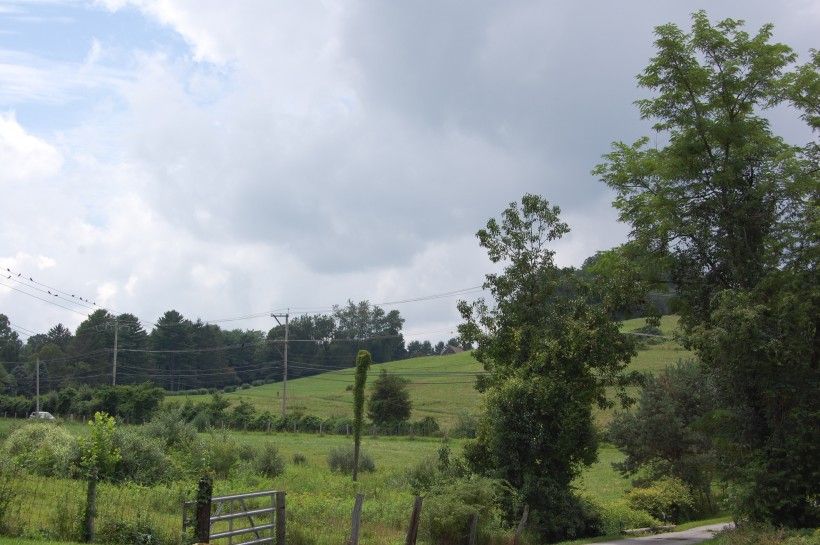
Understanding Why Wyeth Loved Kuerner Farm
After visiting my grandparents for years Kuerner Farm had become a mark that we were almost there. Once I visited the property, explored the house, and the barn, I begin to see why Andrew Wyeth fell in love with this place. The simplicity and natural beauty of Kuerner Farm leaves room for visitors to use their own imaginations to decorate the white walls of the house with stories of the family that lived there.
